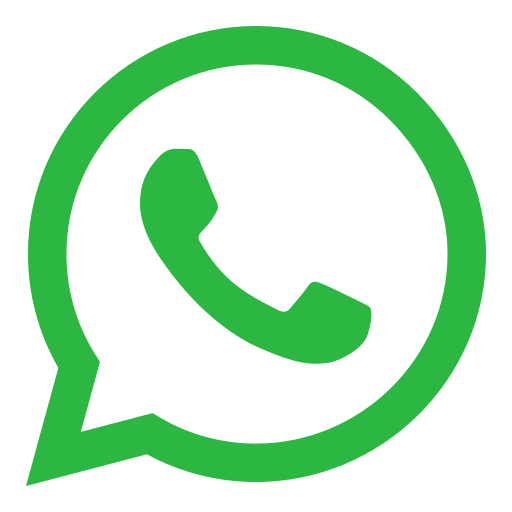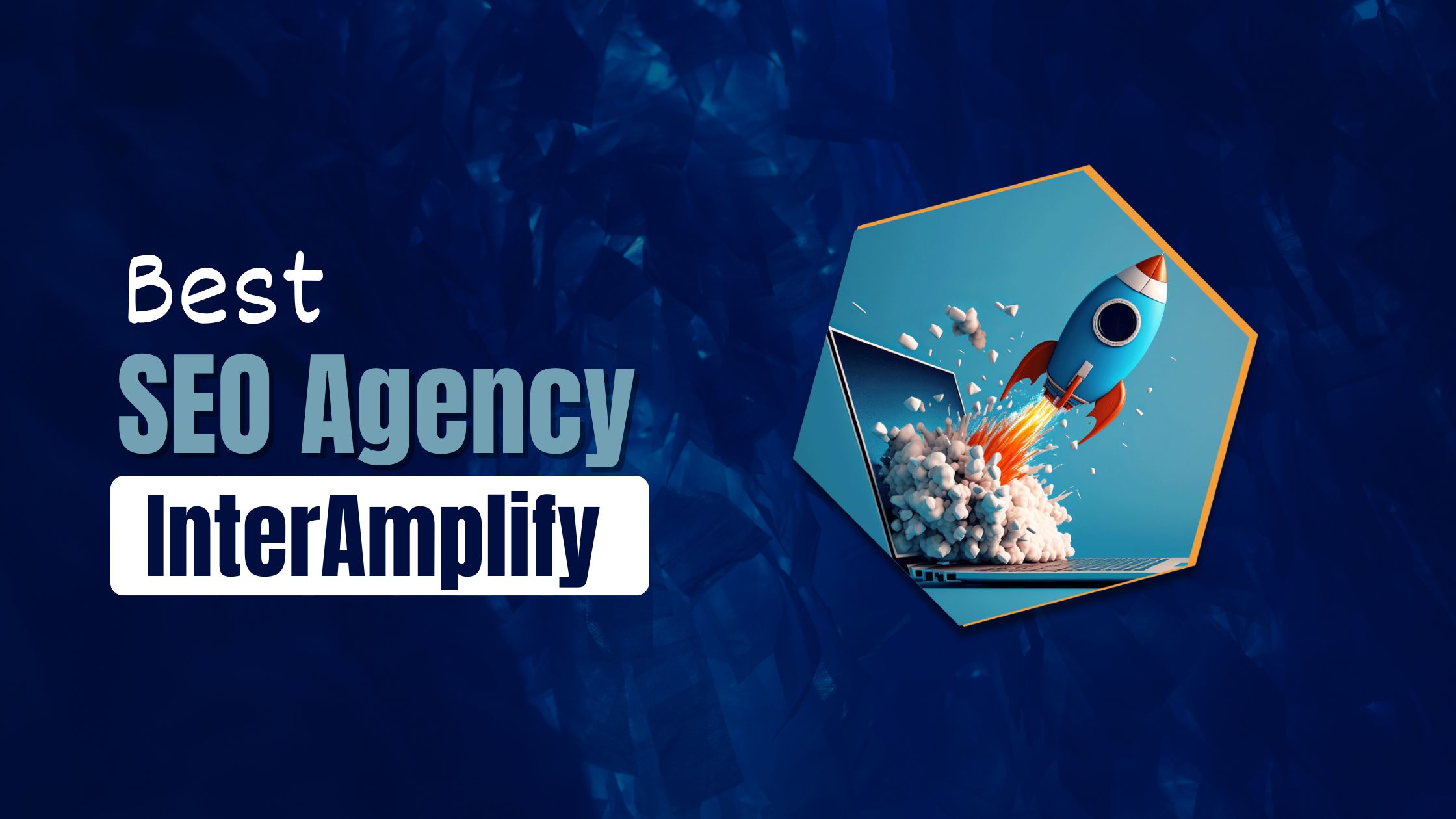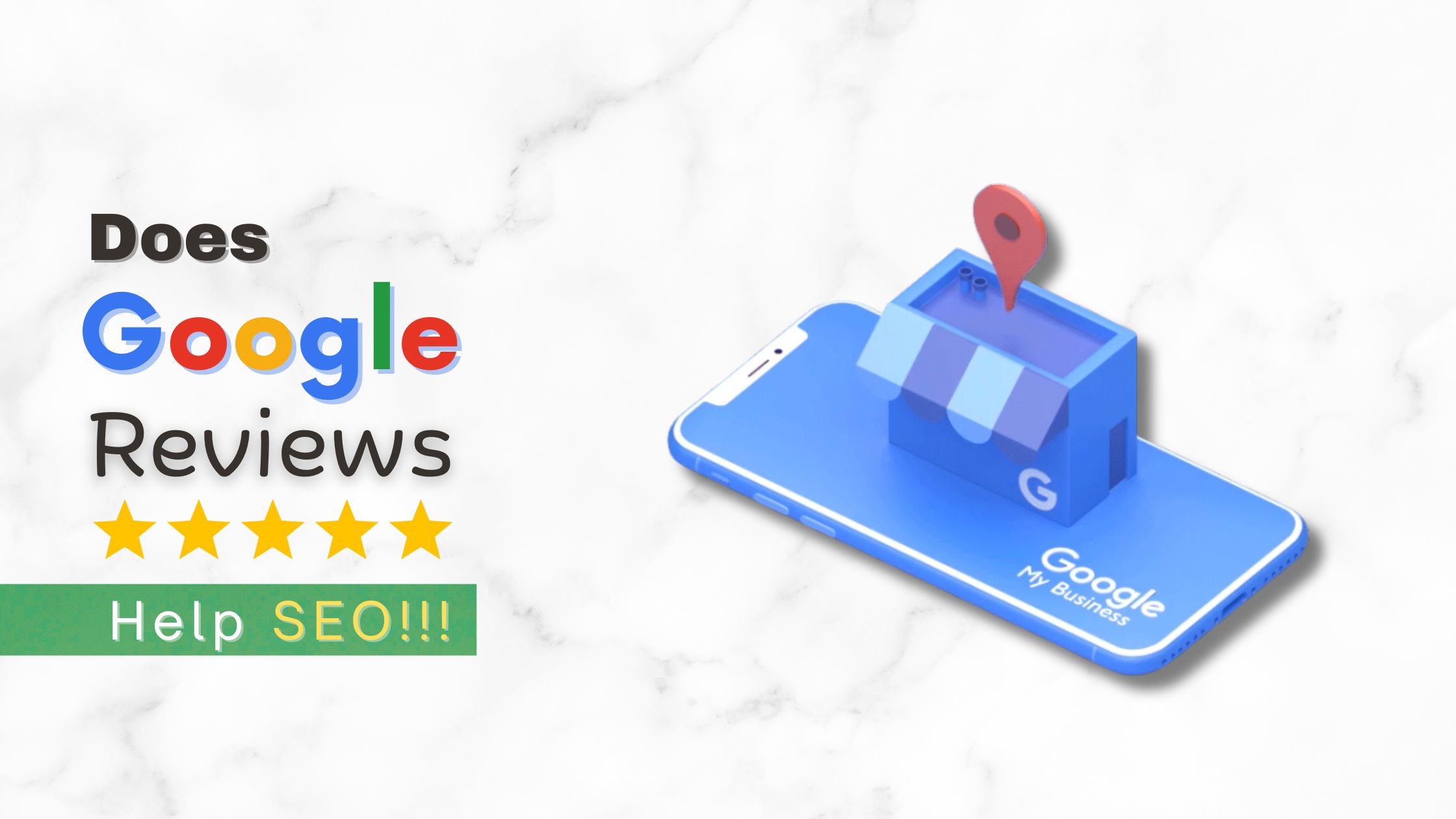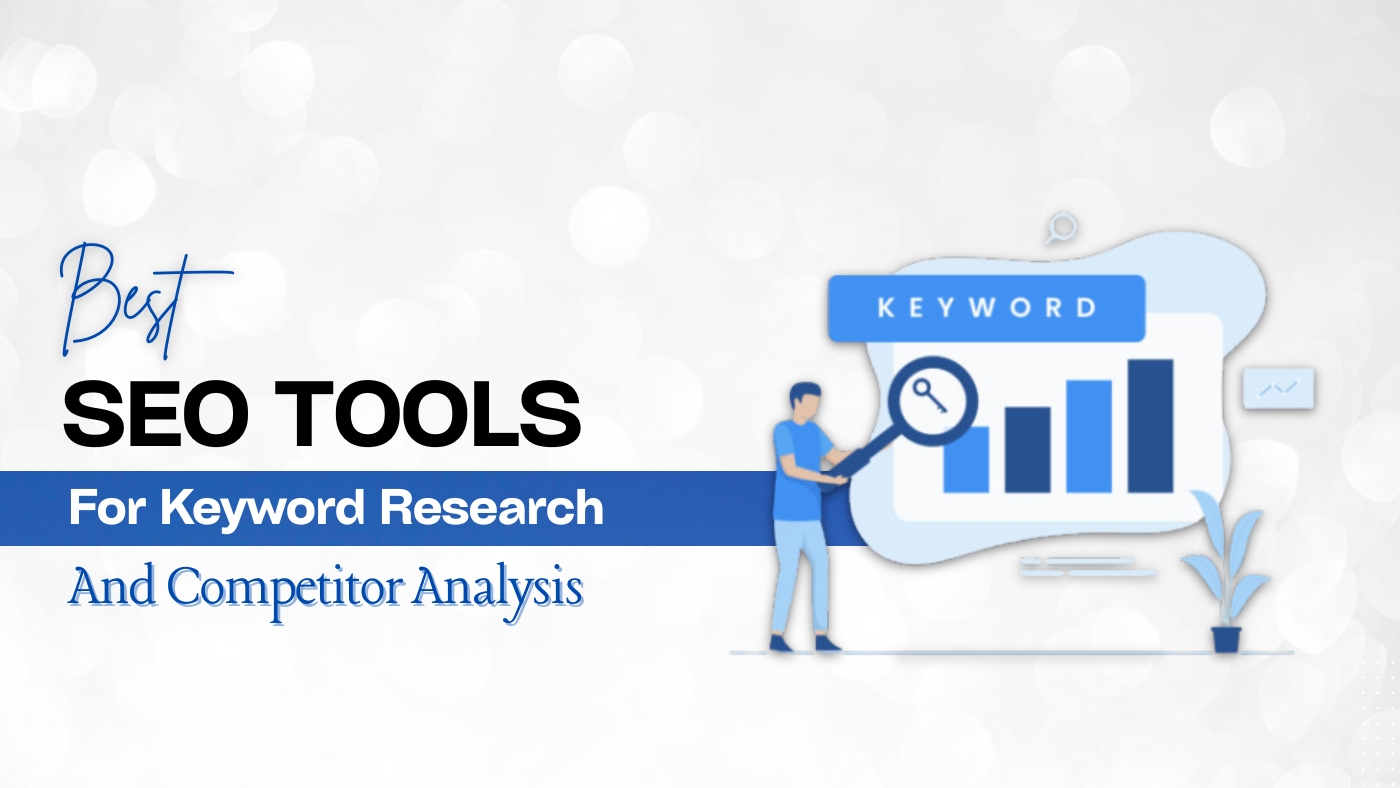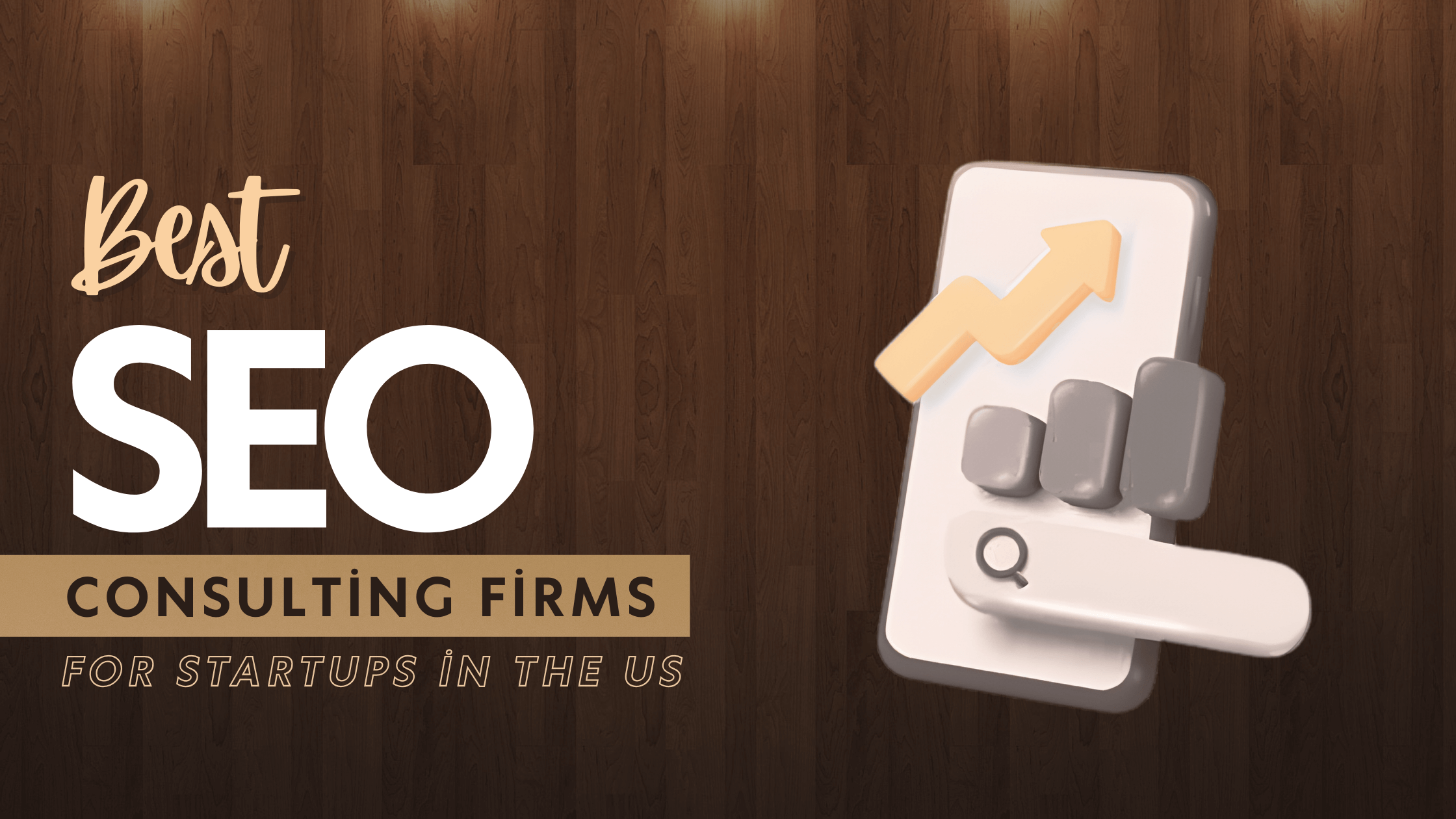
In the constantly changing field of digital marketing, organizations are continuously looking for ways to get quick, verifiable results. This is where paid marketing strategies come in.
Paid ads offer instant visibility and traffic, in contrast to organic marketing, which may take some time to get traffic. But if you want to maximize your investment, you need to concentrate on methods that produce real results.
This article is designed for small business owners, marketers, and entrepreneurs looking to expand their reach, attract new consumers, and increase their return on investment (ROI) through the use of proven paid marketing methods.
What is Paid Marketing?
Paid marketing is an advertising method in which you pay to promote your content or services. It includes a variety of formats, including pay-per-click (PPC) ads, display ads, social media ads, video ads, and sponsored content.
Paid marketing, as opposed to organic marketing, which is based on long-term search engine optimization (SEO), content creation, and audience participation, produces immediate effects.
In essence, you are paying for advertising space on websites like YouTube, Facebook, Google, and others that are visible to your other audience. This offers greater visibility, but it requires careful planning and budget management.
Common types of paid marketing include:
- PPC (Pay-Per-Click): Every time an ad (like Google Ads) is clicked, advertisers get charged.
- Display Ads: Visual advertisements that show up on websites, applications, and videos.
- Social Media Ads: Paid promotions on platforms like Facebook, Instagram, LinkedIn, and TikTok.
- Video Ads: often appear on websites like Facebook and YouTube.
- Native Ads: Ads that blend seamlessly with content, often on news or blog platforms.
- Influencer Collaborations: Paid partnerships with individuals who have a strong following.
Why Paid Marketing Matters
Unlike organic strategies that take time to build momentum, paid marketing can generate leads and conversions from day one.
Some key benefits include:
- Immediate Traffic and Visibility: As soon as your campaign goes live, your audience starts seeing your message.
- Scalability: With the right budget, paid campaigns can reach a wider audience and scale your business quickly.
- Targeting Precision: Paid platforms allow you to target users based on age, gender, interests, location, behavior, and more.
- Measurable Results: You can track impressions, clicks, conversions, and ROI in real time. This helps you optimize performance efficiently.
Top Paid Marketing Strategies That Work
-
Google Ads (Search & Display)
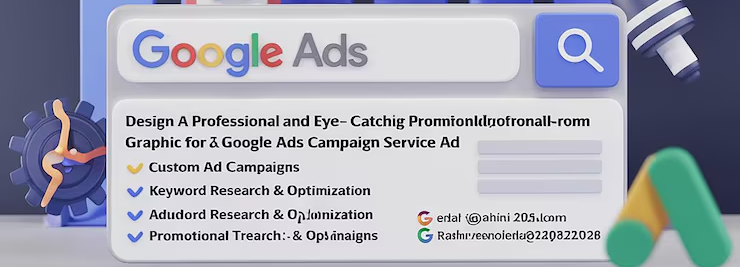
The following strategies will help you move the needle:
- Use High-Intent Keywords: Focus on bottom-of-funnel terms like “buy,” “book now,” or “get a quote.” These users are ready to act — your job is to catch them at the decision point.
- Split-Test Ad Copy: Run multiple variations of your ads (A/B testing) to see what messaging resonates most. Headlines with numbers, urgency, or clear benefits often perform best.
- Smart Bidding + Conversion Tracking: Use Smart Bidding strategies like Target ROAS or Maximize Conversions — but only after you’ve properly set up and tested conversion tracking.
-
Social Media Advertising (Facebook, Instagram, LinkedIn)

Leverage social platforms to build brand awareness and drive conversions through targeted campaigns. Focus on audience segmentation, creative testing, and retargeting for the best ROI.
These strategies help you cut through the noise and drive results:
- Funnel-Based Campaign Structure: Use different ad types for different stages of brand awareness for cold audiences, testimonials for warm leads, and direct CTAs for retargeting.
- Lookalike Audiences from High-Value Actions: Instead of general website traffic, build lookalikes based on people who purchased, booked, or spent time on key pages. These users are more likely to convert.
- Creative Personalization by Segment: Match the ad copy and creative with the audience segment. Professionals on LinkedIn want value-driven content; Instagram users prefer bold visuals and quick messages.
-
YouTube Ads

Here’s how to make YouTube ads actually convert:
- Use the Hero-Hook-Hold Formula: Start with a bold visual or problem statement (Hook), introduce your brand (Hero), and then keep interest with storytelling or value (Hold).
- Target Based on Search History (Custom Intent Audiences): Show video ads to people based on what they’ve searched on Google. It’s similar to merging Google’s search target with YouTube’s visual impact.
- Companion Banner + CTAs: Pair your video ad with a clickable companion banner. Include CTAs both in the video and as overlay text viewers need multiple cues.
- Use Remarketing Video Sequences: Show a series of short ads over a few days to gradually educate and convert viewers, rather than asking for a sale immediately.
-
Native Advertising

By using these strategies, native ads are able to perform better than banner blindness.
- Use Curiosity-Driven Headlines: Write like a journalist, not a marketer. Headlines should spark interest or pose a question “You Won’t Believe What This Startup Did to Cut Costs by 50%.”
- Pre-Sell Before the Sell: Use native content (like advertorials or blog-style landing pages) to warm users up before presenting your actual offer. This builds trust and boosts time on the page.
- Test Multiple Creatives Across Devices: What works on desktop won’t always work on mobile. Test several thumbnails and headline versions to see which gets clicks and conversions.
- Geo + Interest-Based Targeting: Refine your targeting by location and user behavior (e.g., health readers, tech shoppers) to align better with your content and landing page.
-
Influencer Paid Collaborations

These strategies ensure your partnerships impact your bottom line:
- Choose Influencers Who Align with Your Audience and Brand Voice: Don’t chase follower count. Pay attention to audience authenticity, engagement rate, and specialty alignment.
- Give Creative Freedom but Set Clear Goals: Influencers know their audience best. Let them craft content in their style, but provide clear objectives (e.g., clicks, discount code redemptions).
- Use Trackable Promo Codes or UTM Links: Always use unique codes or tracking links so you can measure ROI accurately. Guessing doesn’t cut it.
- Repurpose the Best-Performing Content: Turn influencer videos or photos into paid ad creatives. This helps stretch your investment and keeps the content authentic.
Tips to Maximize Results
To ensure your paid marketing efforts succeed, follow these optimization tips:
- A/B Testing: Test different headlines, images, and CTA buttons, as well as targeting to find what performs best.
- Smart Budgeting: Allocate more budget to top-performing ads. Start small, analyze results, then scale up.
- Data-Driven Decisions: Use platforms’ analytics dashboards to analyze what’s working. Adjust bids, timing, and creativity based on performance.
- Optimize for Mobile: Most users view ads on mobile. Ensure fast load times, clear visuals, and mobile-friendly landing pages.
Common Mistakes to Avoid
Without careful planning, even the most successful efforts can fail. Avoid these common pitfalls:
- Target an audience that is too broad: Your budget may be wasted. Focus on users most likely to convert.
- Ignoring Mobile Optimization: If your ad or landing page isn’t mobile-friendly, you risk losing clicks.
- Not Tracking Conversions: Without conversion tracking, you won’t know what’s working or where to improve.
- Neglecting Ad Creative: Boring or irrelevant ads lead to low engagement. Invest time in making your visuals and copy appealing.
Conclusion
Paid marketing can contribute to rapid growth when done strategically. From Google Ads to influencer campaigns, success lies in aligning tactics with your goals, testing often, and delivering real value.
At Redefining Web, we help businesses do just that. Start small, scale what works, and turn paid marketing into a powerful, stress-free growth tool.



